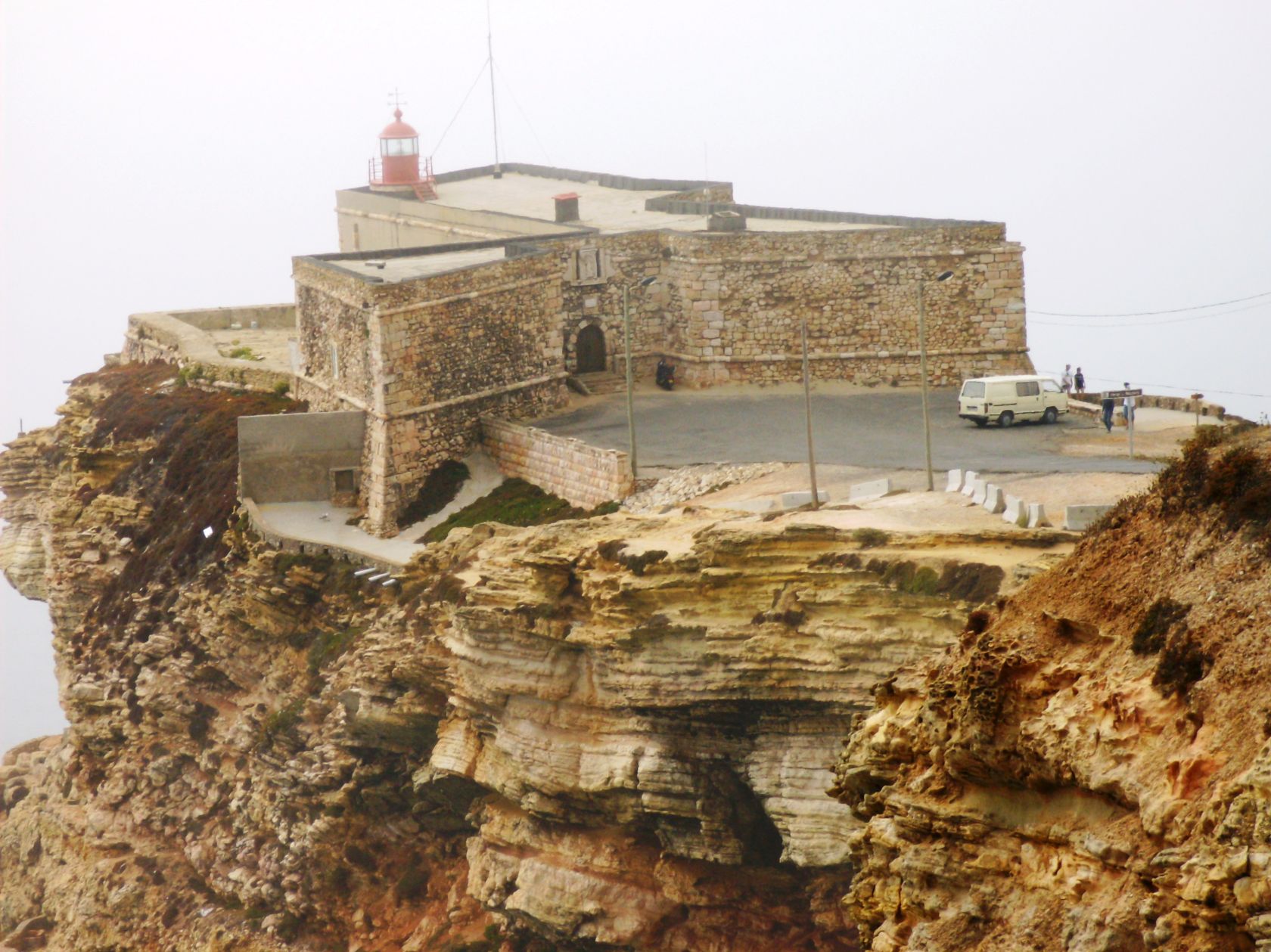Until 1912,
Nazaré was called Pederneira, when a law change the name of the village to
Nazaré, as people know it today. Pederneira still exists, as a neighbourhood
with some historical features.
Nazaré used
to be a fishing village, but currently, the village has been growing its
tourist activity, being sought by surfers and other people looking to have a
great time in a very peaceful place, with a lot of places to visit. Why
not take the time to turn away from the beach and the waves and discover more
of what Nazaré has to offer.
Nossa Senhora da Nazaré Sanctuary
It is
claimed to be the first Portuguese sanctuary to ever exist. Inside there is a
sculpture of Virgem Negra (Black Virgin) an image of the Holy Mary, made of wood,
brought from Mérida, Spain, in the year 711. The sanctuary was built sometime
during the 14th century, but the works were only completed by the end of the
19th century.
The image
recalls the legend of Nazaré, which tells that D. Fuas Roupinho, was hunting
and decided to follow a deer. During his hunting, he and his horse faced a lot
of fog and almost fell off the cliff. Right away, Virgin Mary appeared with
baby Jesus on her lap. Then, D. Fuas Roupinho asked for help and suddenly the
hooves of the horse were stuck into the rock and the knight was safe.
To visit
the sanctuary and its chapel, some stairs must be climbed, but what can be seen
inside will make the visitors forget about the effort that was climbing the
stairs. The church is lit by eight windows, that make visible the blue tiles,
brought from The Netherlands, and some of Portuguese origin. In total, there
are more than 6,000 tiles.

Fish
drying
Right next
to the sea, in Avenida Manuel Remígio, visitors will see some of the most
traditional moments that Nazaré inhabitants still maintain today.
During a
walk through that street, it will be possible to see something like a drying
rack filled with salted fish, to be sold. The tradition comes out of the
necessity of conserving the fish for a longer time, as poverty and hunger were
a strong reality in Portugal. The dry fish is still being sold, and it is an
opportunity to try a different way of eating fish.

It was
constructed under the order of King D. Sebastião, to protect the village from
pirate attacks, which were common during the 16th century, as the seas were
being discovered. Napoleon tropes conquered the place during the French
Invasions, that took place during the 19th century. It was during the 20th
century that a small lighthouse was built in the fortress, to guide fishermen.

Where to
see the big waves
The famous
big waves of Nazaré may be seen from São Miguel Arcanjo Fortress, which is
located right in front of the Nazaré Canyon. The phenomenon of big waves is
registered in that particular area of the village because under the sea there
is a valley around five kilometres deep. The waves may be seen, safely, from
the fortress, where is also placed an interpretative centre, allowing visitors
to understand the science behind the most famous waves of Europe.
Much
more than places
Nazaré is much more than a place to visit. The people that live in the place are the ones that make it special. Visitors must make sure to find Nazarenas, women that are dressed in the traditional clothes of the village. The suits are composed of seven skirts, following rules that are known by the locals, who respect them a lot.

Finding a
room to stay in will also be a different experience. It is common to see women,
in certain places, holding billboards with the word “ROOMS” written in several
languages, not meaning they will know how to speak it, but it is an amazing
marketing tool.
Deeply in love with music and with a guilty pleasure in criminal cases, Bruno G. Santos decided to study Journalism and Communication, hoping to combine both passions into writing. The journalist is also a passionate traveller who likes to write about other cultures and discover the various hidden gems from Portugal and the world. Press card: 8463.













